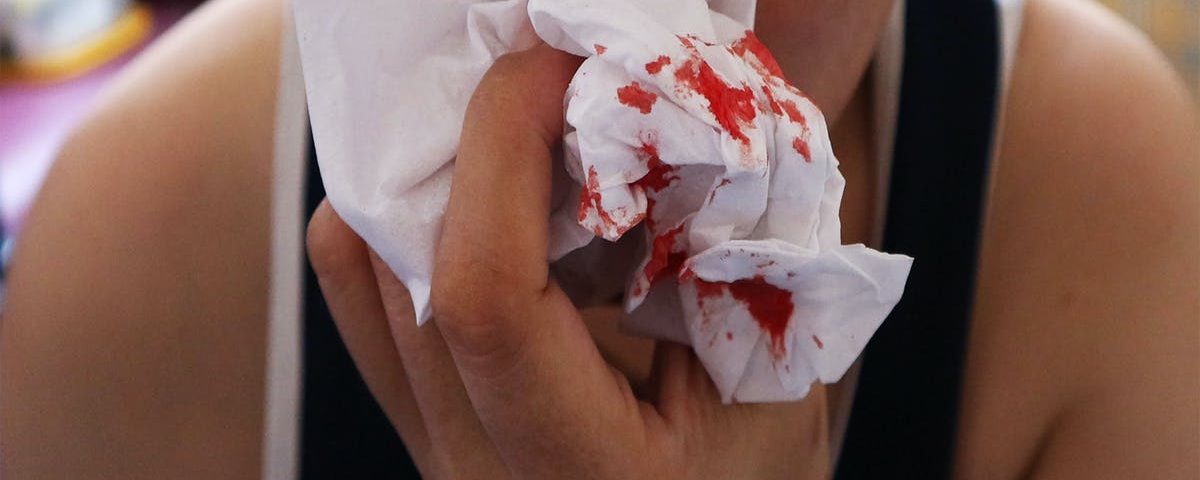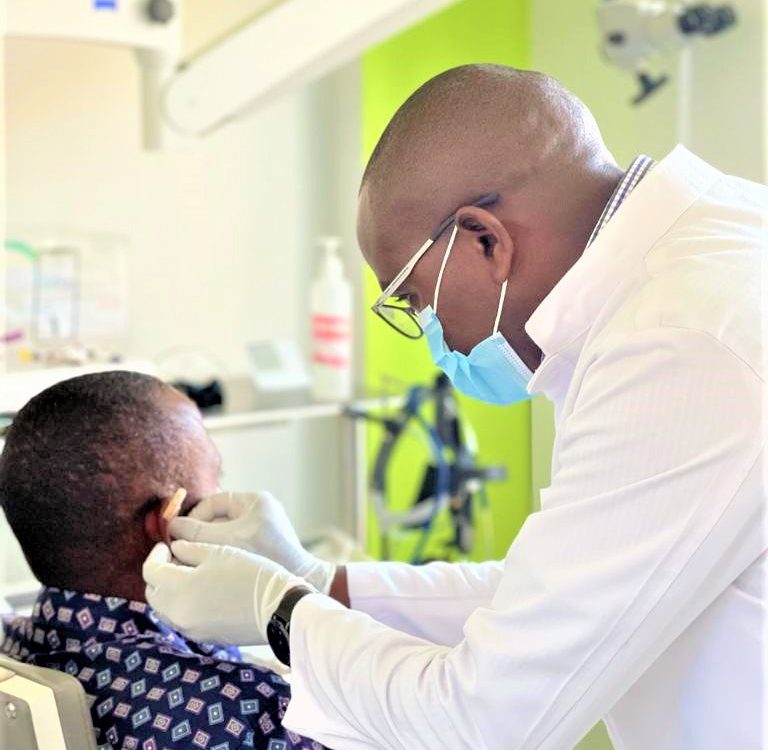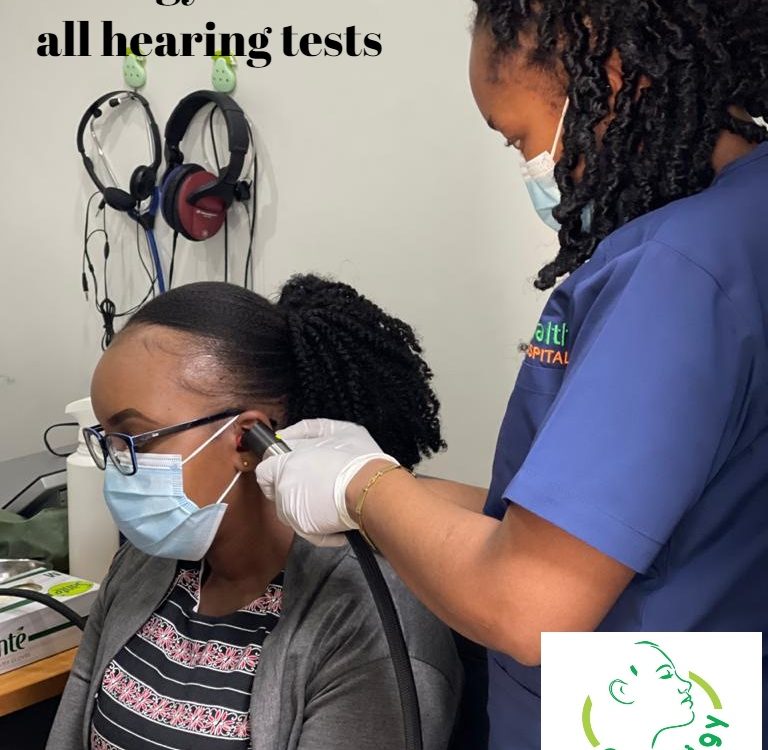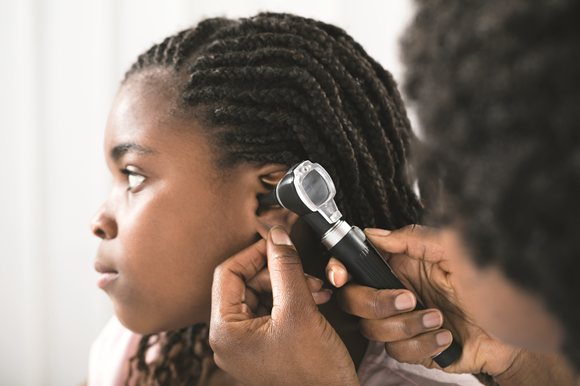Things to know about Nose bleeds.
Nosebleeds are normally frightening and can last for a few seconds to about fifteen minutes or more. During a nosebleed, blood can flow out from one or both nostrils and the flow may be either heavy or light. It occurs due to the breakage of blood vessels in the septum(wall between the nostrils).This rupture can happen due to blowing of dry air, injury to the nose or scratching of nostrils with sharp fingernails. Nose bleeds are also called as epistaxis.
Single or rare short episodes of nosebleeds are usually not dangerous. However, if they last for more than twenty minutes or occur after an injury, medical intervention is recommended.
Types of Nosebleeds
- Anterior Nosebleeds-This type of nosebleed occurs when the blood vessels in the front region of the nose break.
- Posterior Nosebleeds-These nosebleeds occur from the back or the deep inner part of the nose causing blood to flow back down the throat. This type of nosebleed is likely to be more dangerous than anterior nosebleeds.
Risk Factors
Nosebleeds are most likely to affect-
- Children aged between two and ten years
- Elderly persons
- Pregnant ladies
- People who regularly take medicines like anticoagulants and aspirin
- Patients who have blood clotting disorders like hemophilia.
Causes of Nosebleeds
- Dryness of the nasal membranes
- Dry air leading to crusting, itching and irritation
- Medicines like antihistamines and decongestants for colds, allergies and sinus problems
- Frequent blowing of the nose
- Deviated nasal septum
- Sinusitis
- Presence of foreign objects which tend to get stuck in the nose
- Harmful chemical irritants
- Reactions due to allergies
- Trauma/injury to the nose
- Repeated episodes of sneezing
- Intentional picking of the nose
- High dosage of drugs like aspirin
- Infection in the Upper Respiratory Tract(URT)
- Blowing of cold air
- Health conditions like high blood pressure, bleeding/blood clotting disorders and cancer
Diagnosis of Nosebleeds
The following tests may be done to investigate the cause of nosebleeds-
- Complete Blood Count (CBC)
- Partial Thromboplastin Time(PTT) which a test to determine blood clotting time
- Nasal CT Scan
- Endoscopy of the nose
- Facial and nasal x-ray
Treatment of Nosebleeds
Normally, anterior nosebleeds may be treated at home. For this, the soft portion of the nose must be squeezed while sitting in the upright position. The nostrils may be closed for about ten minutes after leaning forward slightly and breathing through the mouth. It is important not to lie down the duration of the nosebleed as it can lead to swallowing of the blood causing stomach irritation. The nostrils must be released after about ten minutes to check if the bleeding has stopped. If not, these steps may be repeated a couple of times if there is continuous bleeding.
Other alternative treatments include-
- Giving cold compression over the nose bridge
- Using nasal decongestant sprays for closing the small blood vessels
If the bleeding does not stop with these options, it is necessary to seek medical intervention as there may be a posterior nosebleed.
- Foreign objects causing nosebleeds are removed by ent doctors.
- Frequent or persistent nosebleeds are treated by a clinical process called cauterization. In the process, the blood vessels in the nose are burnt by using a heating element or compound like silver nitrate that removes the tissue. Subsequently, the nose is packed with cotton, gauze or foam. Balloon catheters may also be used to put pressure on the blood vessels and stop the bleeding.
Prevention of Nosebleeds
- People residing in dry areas can use a humidifier at home to keep the surrounding air moist.
- Picking the nose often especially with sharp nails should be avoided.
- Adults and seniors should cautiously limit the dosage of drugs like aspirin as it dilutes the blood and results in nosebleeds.
- Medicines like antihistamines and nasal decongestants must be used in moderation as they are likely to create dryness in the nose.
- Nasal passages may be kept moist by using safe nasal sprays and gels.
Summary
Nosebleeds are rarely serious and may be treated easily. Posterior nosebleeds are more dangerous than anterior nosebleeds. But, if there are periodic occurrences or heavy bleeding, it is essential to seek clinical attention to avoid health problems like anemia.
Hence, it is best recommended that persistent or more serious cases are handled by ENT (Ear, Nose and Throat) specialists.




